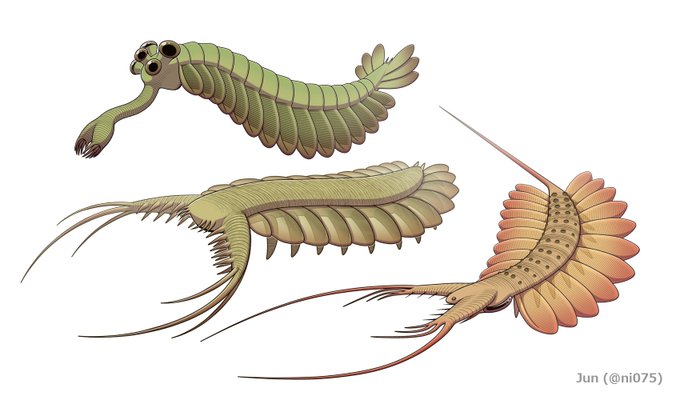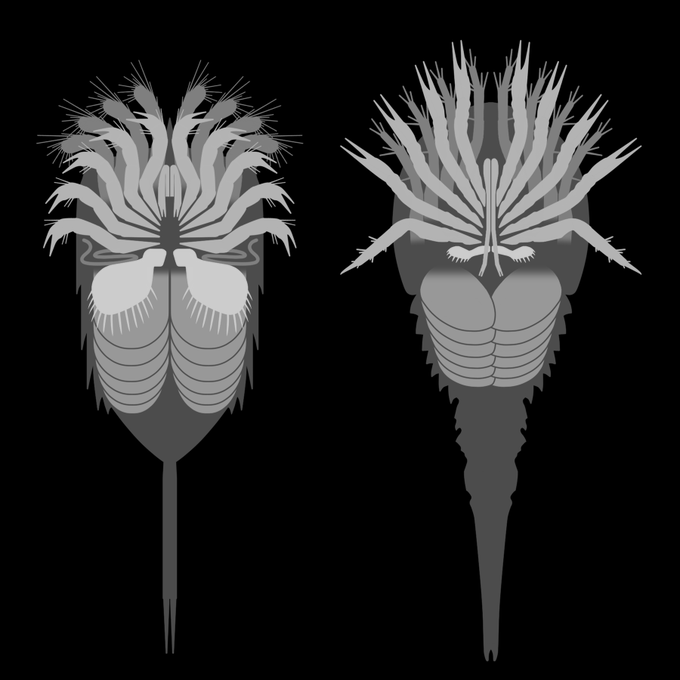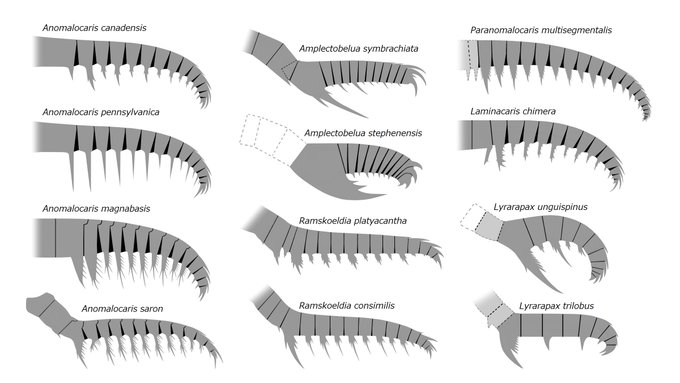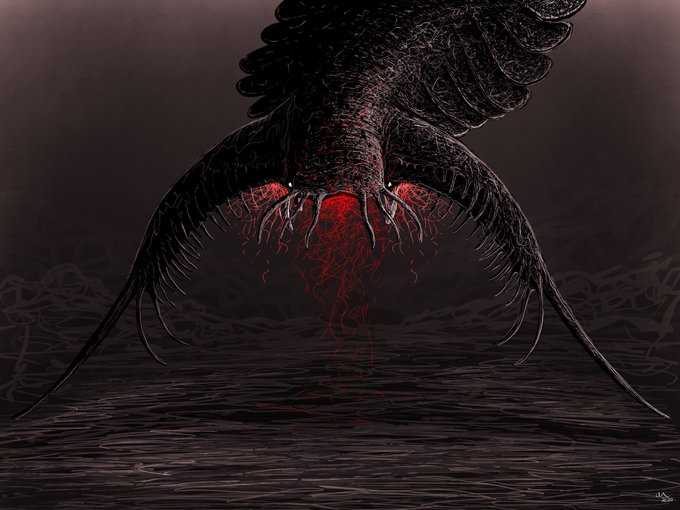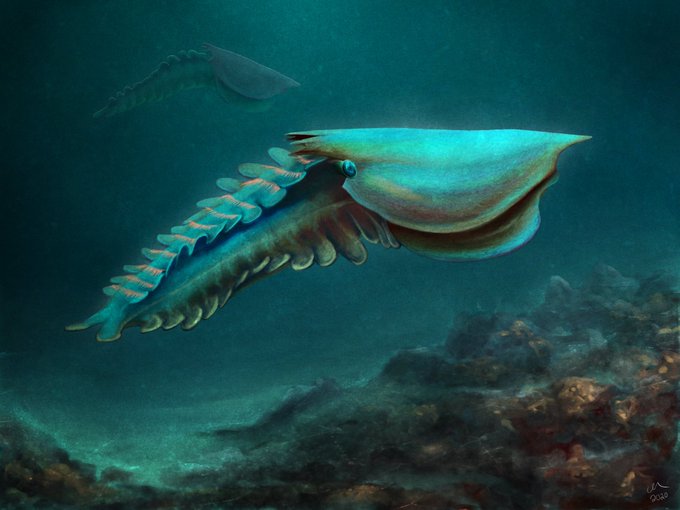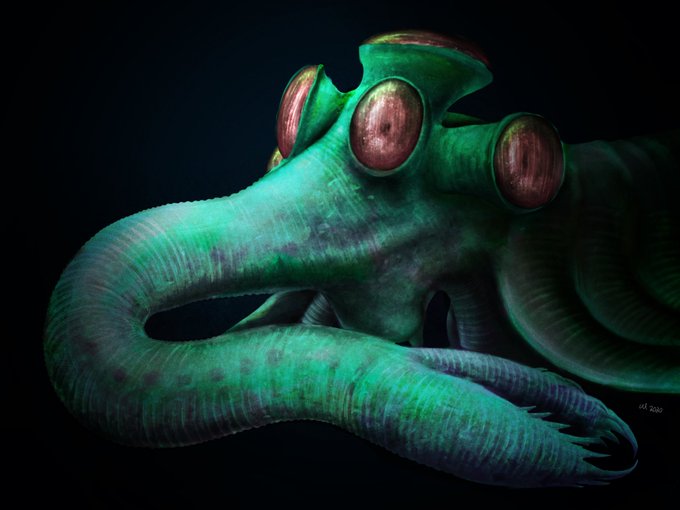RadiodontsのTwitterイラスト検索結果。 12 件
Check it out! This is Innovatiocaris, a newly described genus of a radiodont from the Cambrian Chengjiang Lagerstätte in China. Radiodonts, like Anomalocaris, are incredibly rare making this fossil incredible.
https://t.co/7Ys6a4UlW6
#Paleontology
A look back at our favourite @Everything_Dino blog posts of 2021 - sauropodomorphs from Greenland, giant radiodonts from the Burgess Shale, prehistoric penguins and Tethyshadros gets upscaled, our blog post has more: https://t.co/XTX6RQ7jPh
@SexCasper @ThoughtSlime I study animals from the Cambrian, so they’re my go-to subjects. Particularly animals known as Radiodonts and Lobopods (Hallucigenia, Opabinia, Anomalocaris, the whole gang)
@franzanth and almost Cambrian dead wet bugs (megacheirans, radiodonts, gilled lobopodians and lobopodians)
#PortfolioDay
ラディオドンタ類と変わった鋏角類が好きな節足動物厨。復元図と図表から擬人化まで描いています。
An arthropod nerd fond of radiodonts and weird chelicerates. Works on both reconstructions, diagrams and gijinkas.
I'm Jun from Malaysia, an arthropod nerd mainly interested on weird chelicerates and basal extinct taxa like radiodonts. I enjoyed making arthropod-related works through gijinkas, diagrams and reconstructions of some fossil counterparts.
#AnimalArtistsSEA
@Maeven68 The model is based on pretty much no fossil evidence, but because it does look pretty good/cool/pleasing, so those less familiar with radiodonts would naturally assume it to be accurate, and thus it replicates itself.
To start off, the main body would be mostly smooth and soft.
Anomolacarids are now called radiodonts, but Anomolacaris is still among the largest ones we know. The Apex predator of his day would be little more than a kitten in the oceans of today ... little more than a snack.
#FossilFriday
#PortfolioDay :)
I do paleoart, mostly cambrian stuff like lobopods and radiodonts, but I also do a bit of horror art on the side. You can see a bit of that influence sleep through into the black/white/red Omnidens.
#Paleoart #SciArt
Happy #ValentinesDay/#FossilFriday! We still don’t know how Radiodonts reproduced, but it probably started (at least in some species) during mass-moulting events, when large numbers of them got together to moult. See fossils of #Cambroraster, for example. (1/2)
#Paleontology


















